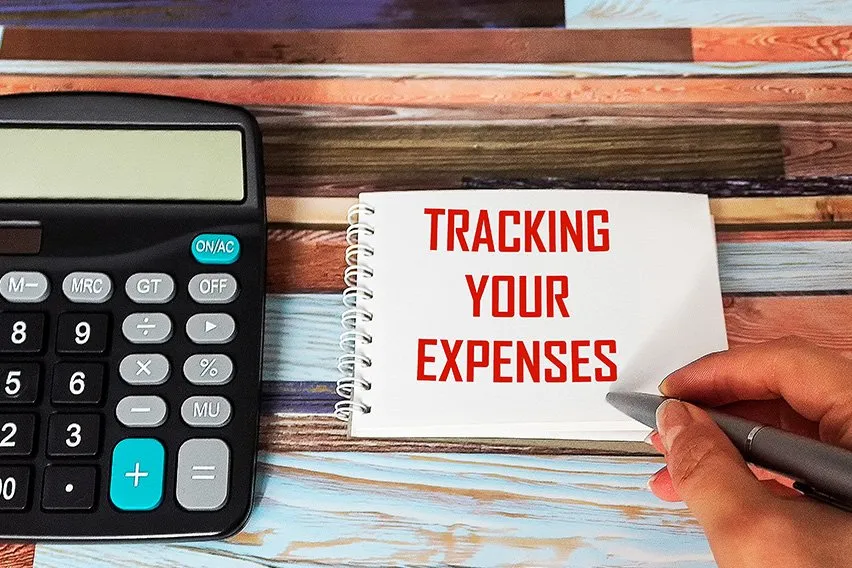What Is Company Car Allowance & How Does It Work

Employees drive for work in a variety of professions. These include sales & client-facing roles and administrative professionals. These mobile employees need to have a car. Often the company doesn’t have a fleet for professional use, especially when it’s a small business.
Instead, your business can offer mobile employees a car allowance. This reimburses them for using their own vehicle for business purposes.
It’s important to understand how a company car allowance works to be fair to the company and the employees. Here’s what you need to know.
Here’s What We’ll Cover:
What Is a Company Car Allowance?
Why Should You Offer a Car Allowance?
Different Ways to Administer a Company Car Allowance
How Taxes Affect a Car Allowance
Make a Company Car Allowance Work for You
What Is a Company Car Allowance?
A company car allowance reimburses employees that use their personal vehicle for work. Costs include wear and tear, fuel, and other expenses that they incur. The payment you give is known as a company car allowance.
The amount will vary depending on your business. Consider what percentage of travel is required and how the reimbursement is set up. One company may offer a flat monthly allowance. Another may use a cents-per-mile mileage reimbursement system.
Many states have laws about how mobile employees must be reimbursed. Be sure to check the laws in your area when you’re setting up this kind of program. For instance, California requires reimbursement of all reasonable costs. These include operational costs, ownership costs, insurance, and more.
It’s important that your company review the company car allowance regularly. Ensure that you’re still meeting the standards required in your area and that employees aren’t facing undue stress.

Why Should You Offer a Car Allowance?
Some states require you to reimburse employees for using their own cars for work. Many do not, however it’s a common practice and is considered fair.
As a small business, you might be tempted to cut corners by offering no allowance or a very small one. Keep in mind that this will affect your ability to attract and retain top talent on your team, though. You may be saving a bit of money but costing your company far more in productivity and sales.
Employees that can’t cover the cost of using their personal cars may make risky decisions. For instance, they may decide to carry state minimum insurance coverage. If they cause an accident while working for you, your company is liable. If the insurance coverage doesn’t cover the accident, your business could end up paying the rest.
If you do not reimburse employees for business travel, this can impact productivity. They may travel less to make sales or pay visits to key accounts, hurting your profitability.
Whether you offer mileage reimbursement or a flat monthly car allowance, vehicle programs are an important perk.
Different Ways to Administer a Company Car Allowance
There are a variety of ways to do company car allowance programs. Many small business owners offer a flat monthly payment to cover vehicle expenses. With any allowance, it’s important to calculate the appropriate monthly payment.
For instance, you aren’t only paying for gas. You also need to include wear and tear, insurance, and even registration costs.
Flat Reimbursement Each Month
The biggest advantage of doing a flat company car allowance each month is that it’s simple to understand. It doesn’t require the employee to track mileage. This makes it less time-consuming for everyone involved.
The employee doesn’t have to submit expense reports, either. This way, your business can easily budget for the allowance amount. There’s no variation from month to month.
Unfortunately, it can be hard to make this system fair for everyone. For example, an employee that travels more than others should get a higher allowance. As should employees living in areas with higher insurance and fuel costs.
Mileage Reimbursement
To be fair to everyone, you can instead track each employee’s exact mileage. Then, each month you pay a set rate per mile — perhaps the IRS standard mileage rate, which in 2021 is $0.56.
With this method, reimbursements won’t be too high or too low. There are also significant tax benefits, which we’ll discuss in a moment. As an employer, you can deduct this reimbursement from your taxes.
Tracking mileage used to be a very labor-intensive and manual process. In the past, employees had to write down their starting and ending mileage each day. Fortunately, today there is technology that makes tracking mileage much easier. Phone apps can use GPS mapping to track miles accurately and efficiently.
There are drawbacks to this method as well. You won’t know what the expense will be each month, making cost control more challenging. As a small company with a tight budget, this could be a problem.
It’s also labor-intensive compared to flat-rate allowance programs. If you’re trying to go paperless to offset this, there are several apps available to help.
FAVR Reimbursement
If you’re willing to work with a third party to help with administration, you might find that a Fixed and Variable Rate Allowance (FAVR) plan is best. It’s complex, but it allows for fair compensation for employees based on their mileage as well as the overall expenses in their area.
With FAVR, you provide a periodic fixed payment and a periodic variable payment. The fixed payment is based on the predictable costs of owning a vehicle, such as depreciation, registration, and insurance. The variable payment accounts for operational costs like fuel, tires, and routine maintenance.
Do you have employees spread across the country? This system allows you to account for local differences in insurance, fuel costs, and other expenses. Do your employees all live in the same area? The FAVR system may be unnecessarily complex.

How Taxes Affect a Car Allowance
It’s easy to forget that income taxes also apply to flat monthly car allowances. Both the employer and employee have to pay FICA and Medicare taxes on the allowance amount. This can significantly reduce the amount of the allowance an employee receives.
As a result, employers should make sure the post-tax amount covers necessary expenses. Keep in mind that employees cannot deduct business mileage on their taxes due to the 2018 tax reform. This means they can’t recover the tax liability.
Another option is to use the IRS’s business mileage allowance instead. You can track employees’ business mileage and multiply it by the IRS allowance each month. When you use this reimbursement, the amount is non-taxable.
Using a FAVR system also results in a car allowance that isn’t taxable. This is another advantage of combining fixed and variable reimbursement.
Make a Company Car Allowance Work for You
Keeping company car allowances fair is important for your business and your employees. You want to attract and keep employees and avoid labor concerns. You also want to make sure staff are making wise decisions on insurance and other issues.
Employees want to use their personal vehicles for work without financial strain. The right car allowance meets these goals, especially when it’s reviewed regularly.
If you enjoyed this guide, check out our resource guide for more on finance for small businesses!
RELATED ARTICLES

 How to Calculate Gas Mileage in the Right Way
How to Calculate Gas Mileage in the Right Way IRS Mileage Rates: 2025 Guide for the Self-Employed
IRS Mileage Rates: 2025 Guide for the Self-Employed How Mileage Reimbursement Works: An Extensive Guide
How Mileage Reimbursement Works: An Extensive Guide Smart Ways to Track Expenses As a Freelancer
Smart Ways to Track Expenses As a Freelancer How Much Can You Write Off for Meals and Entertainment?
How Much Can You Write Off for Meals and Entertainment?